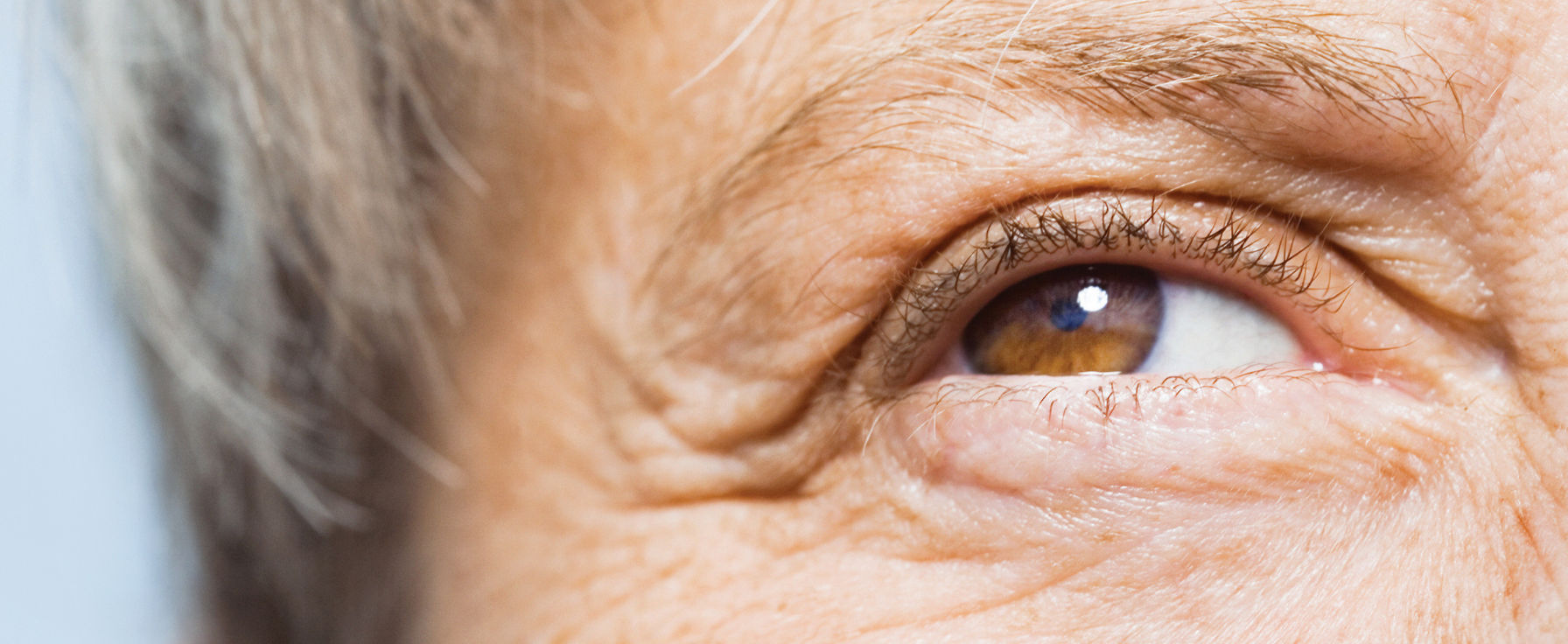Dry eye disease, also called dysfunctional tear syndrome, is a common condition affecting about one in 11 people worldwide.1 Inflammation and tear osmolarity are the underlying mechanisms that cause dry eye. When tears are not able to produce adequate moisture, the ocular surface becomes inflamed.
Quality of life and daily activities can be greatly impacted by dry eye symptoms, creating a significant psychological impact. Patients have reported a willingness to trade years at the end of their lives to be free of dry eye disease.2
Identifying patients with dry eye and related ocular surface diseases provides the ability to categorize these patients for better dry eye or perioperative management, which leads to many clinical advantages, such as better outcomes, reduced complications and better patient care.
Symptoms of dry eye include:
Dryness
Burning
Light sensitivity
Foreign body sensation
Ocular pain
Blurred vision
Visual fatigue
Discomfort
Dry eye is not contagious. It is a condition that occurs in some people. The prevalence of dry eye increases with age and is more common in women. Risk factors include:
Use of certain medications, including antihistamines, antidepressants and long-term use of glaucoma drops
Autoimmune inflammatory diseases
Contact lens wear
LASIK and refractive surgery
Menopause
Rheumatoid arthritis
Sjogren’s syndrome
For those destined to develop dry eye disease, there is currently no known way to prevent the disease. However, there are recommended ways to alleviate the symptoms to avoid drying out eyes such as:
Using a home air filter, especially in cities with air pollution
Using a home humidifier
Limiting use of fans and hair dryers
Avoiding smoke
Wearing protective eyewear
Blinking more frequently
Using artificial tears
The lack of correlation between clinical signs and symptoms of dry eye disease makes diagnosing and treating patients a challenge. Oftentimes, inflammation is present before the clinical signs of dry eye. Tests to measure tear volume, tear quality and elevated matrix metalloproteinase-9 can help diagnose dry eye disease.
Dry eye disease may require an extensive treatment plan and continuous therapy. Various dry eye disease treatment plans are available, based on the discretion of a medical professional. Treatments options can include:
Over-the-counter artificial tears, gels, and ointments
Topical anti-inflammatory therapy, such as cyclosporine, corticosteroids and azithromycin
Oral anti-inflammatory medications, such as doxycycline
Oral omega-3 supplements
Punctal plugs
References
Papas EB. The global prevalence of dry eye disease: A Bayesian view. Ophthalmic Physiol Opt. 2021;41(6):1254-1266. https://doi.org/10.1111/opo.12888
Schiffman RM, Walt JG, Jacobsen G, et al. Utility assessment among patients with dry eye disease. Ophthalmology. 2003;110(7):1412-1419. https://doi.org/10.1016/S0161-6420(03)00462-7
Recommended reading

